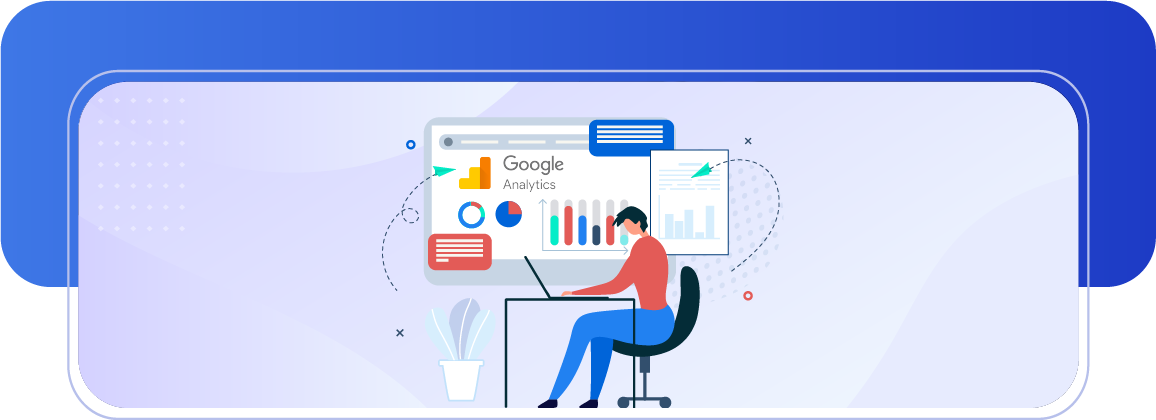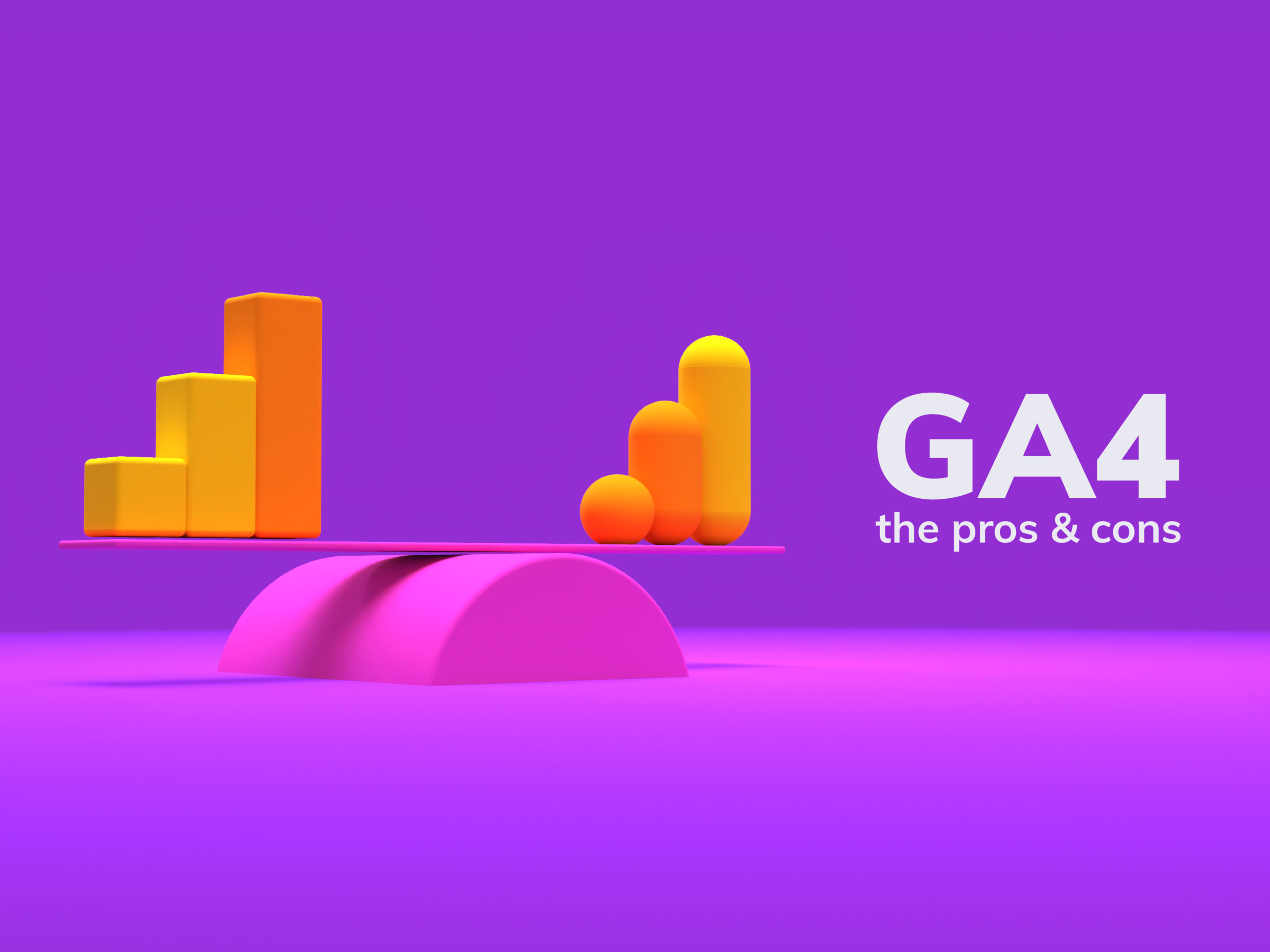
July 2023 is coming up on us pretty fast and a lot of us are not ready for this change. Others don’t know what this change entails. In this article, we are going to talk about what to expect, how your business will be affected, and what this means for your analytics. We can’t touch every detail but we will touch on the four major things that we think you should keep in mind!
1. Your Old Data
As of July this year, you will have six months to collect your data, in some way, from your UA account. However, with Google Analytics 4, we are not given the option to move data over from Universal. With that being said, setting up your GA4 account as soon as possible is the best choice for comparison data.
When setting up your GA4 account, make sure your GA account has Ga4 tracking turned on, because you will want it to read the same and pull the same data as your UA account after your GA4 migration. Be careful to record your current set-up to replicate in your new GA4 account.
Most metrics will appear the same in GA4, with the exception of the term Users. The definition for User metrics is different in UA v.s GA4…since UA calculates Total Users and GA4 reports Active Users. With these two data models being structurally different Google has recommended that you do not copy over existing logic for this but instead implement new logic that makes sense in this new context.
If losing your old data is of concern for your company or your clients, then BigQuery is an option with its limits.
2. Missing Metrics. What Will We Be Losing?
One of the biggest features you will be losing is one that will change the way we report as an analyst. While you can get automated insight alerts and you can easily share any of the reports in your GA4 property by exporting them, you no longer can set them up to be regularly automated. Here at Yoodle, we use an integrated Analytics Reporting Tool called Oviond.
Another thing that might be considered a loss during the GA4 migration is that the data is collected and processed differently and some once-familiar metrics are now gone. The GA4 measurement model is based on events, where we have been used to tracking sessions and page views. Google has also replaced the concept of “bounce” with “engagement”. Now while all of these features will be missed it is still possible to track each of these in a different way, it will just take some getting used to and a little study.
3. The Plus Side. What Additions Should We Look Forward to?
To start with, one of the many additions to this new update that GA4 is implementing is to combine mobile app and website data into one analytics property. I think we can all agree that this will be of great convenience to us. Along with this addition, we are also given the chance to customize the interface creating the ability to track events without changing the site or app code.
This brings us to one of the biggest plus side changes being the predictive metrics and audiences, In which we will delve deeper into later on in this article.
So with those additions, we have a plethora more to count on, including but not limited to; more privacy controls, some higher limits, more thorough debugging with DebugView, ad hoc funnels, improved path analysis etc. From the side of data analysts, it seems that the GA4 migration is more gain than loss.

4. Artificial Intelligence: Predictive Metrics
Google Analytics Intelligence includes a base of artificial intelligence (AI) features. With this development, you can quickly find insights without digging too far. Predictive metrics filling in the gaps of data can provide you insights into user behavior, anomalies, and much more. The metrics in use here are Purchase probability, Churn probability, and Predicted revenue.
Another helpful way to “Yoodle-ize” this AI development is to ask it basic questions. There is a search bar provided at the top of the page and this allows you to ask things similar to “What was last month’s Conversion Rate?” This new ability can make analytics a breeze even for beginners. Now, don’t worry the computers are not going to “take your job”. They can simply make it easier!
However, all of this can only be done with quality historical data. So get to that GA4 migration as quickly as possible!
![]()

